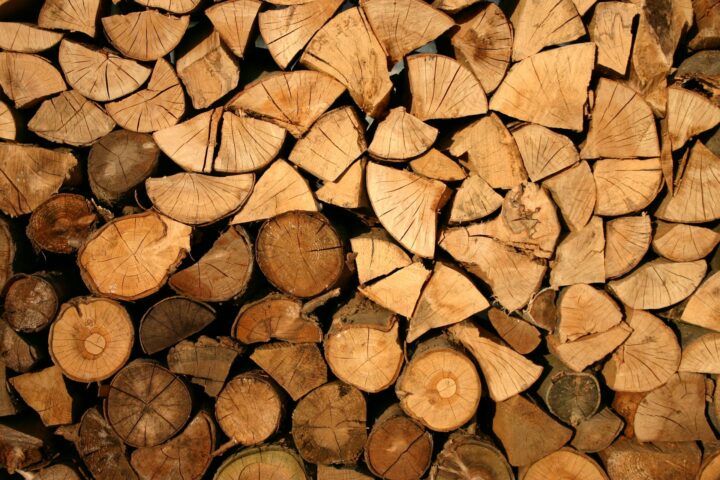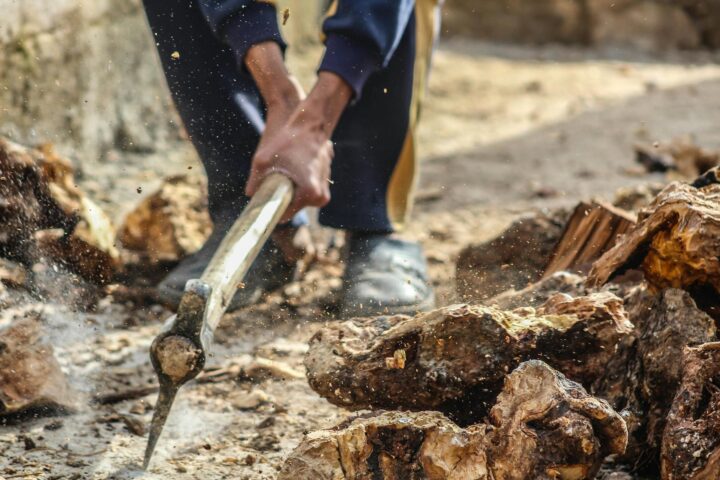-
The Durability of Timber: A Time-Tested Choice for Long-Lasting Structures
When it comes to building materials, durability is a key factor in ensuring the longevity and resilience of structures. Timber, also known as wood, has been a time-tested choice for construction due to its remarkable durability. In this article, we will explore the factors that contribute to the enduring nature of timber and why it remains a popular choice for creating long-lasting buildings and infrastructure.
Natural Strength and Structural Integrity:
Timber possesses inherent strength and structural integrity, making it capable of supporting heavy loads and enduring external forces. The arrangement of wood fibers within the grain provides natural reinforcement, enabling timber to withstand various stresses without compromising its stability. This property makes it a reliable material for constructing robust structures that can stand the test of time.
Resistance to External Elements:
Properly treated timber exhibits impressive resistance to external elements such as moisture, insects, and decay. Various preservation methods, including pressure treatment and chemical coatings, enhance its resistance to rot, termites, and fungal growth. By protecting the wood from environmental hazards, its durability is greatly extended, ensuring it remains intact and sturdy even in challenging conditions.
Low Maintenance Requirements:
Timber's durability is further enhanced by its low maintenance requirements. Regular inspections and minimal upkeep, such as cleaning and resealing, are typically sufficient to maintain its quality and appearance. Compared to other materials that may require more frequent and extensive maintenance, timber offers a cost-effective and time-saving solution.
Fire Resistance and Safety:
Contrary to common misconceptions, timber can be designed to exhibit excellent fire resistance. Through specialized treatments and fire-retardant coatings, wood can achieve high fire ratings, making it a safe choice for various applications. Additionally, timber's charring behavior during a fire creates an insulating layer, slowing the spread of flames and providing occupants with more time to evacuate safely.
Natural Aging and Character:
As timber ages, it acquires a distinct character and patina that enhances its aesthetic appeal. The natural aging process adds a unique charm to timber structures, making them even more visually appealing over time. This characteristic, coupled with its durability, is why timber is often chosen for historical and heritage restoration projects.
Flexibility and Resilience:
Timber's flexibility and resilience contribute to its durability. When subjected to external forces such as wind or earthquakes, wood can absorb and dissipate energy, reducing the risk of structural damage. This inherent resilience allows timber structures to withstand natural disasters and maintain their integrity even in adverse conditions.
Sustainable and Environmentally Friendly:
The durability of timber aligns with its eco-friendliness. As a renewable resource, responsibly managed forests ensure a continuous supply of timber. Sustainable forestry practices, such as tree replanting and responsible logging, support the replenishment of wood resources, making it a truly sustainable building material.
In conclusion, timber's durability is rooted in its natural strength, resistance to external elements, low maintenance requirements, fire resistance, aging character, flexibility, and eco-friendliness. These factors, combined with advancements in preservation techniques, make timber a reliable and enduring choice for constructing long-lasting structures that can withstand the challenges of time and nature.




